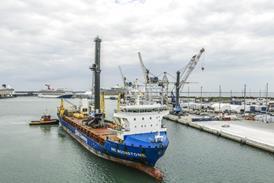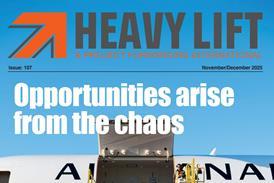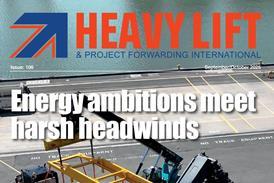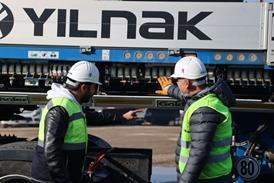The European association of abnormal road transport and mobile cranes (ESTA) has written to the European Commission (EC) in support of the recently published white paper on military mobility. However, for that to be effective, the policy needs to be backed up by action to minimise bureaucracy and harmonise national standards for heavy and abnormal transport.

The EC’s White Paper for European Defence – Readiness 2030 was published earlier this year and the subject has assumed greater importance in light of the recent discussions about the future of Ukraine. It sets out seven priority areas that are critical to build a robust European defence, including the need to facilitate military mobility “though an EU-wide network of land corridors, airports, seaports and support elements and services”.
ESTA said this has added weight to its long-running calls for Europe to sharply increase investment in infrastructure and develop a network of connected heavy transport corridors on which that investment could be focussed. The association said these corridors could follow the trans-European road network and also include roads of high economic relevance such as roads to industrial areas and ports.
ESTA director Ton Klijn welcomed the white paper’s aims but added that bureaucratic and administrative reforms are also essential: “Current regulations, such as those governing signage or permits for heavy and abnormal transports, differ from country to country and in some cases even from district to district.
“This often causes severe delays and European states urgently need to streamline and harmonise the regulations and procedures which are a key element in military mobility as well as Europe’s energy and industrial economy.”
Many of the measures that ESTA has been requesting for many years are contained in the proposed revisions of the EU’s Weights and Transport Directive (96/53). Importantly, the revisions include the Europe-wide adoption of the standard SERT documentation for abnormal load vehicle registration – a move that ESTA has supported for many years.
















